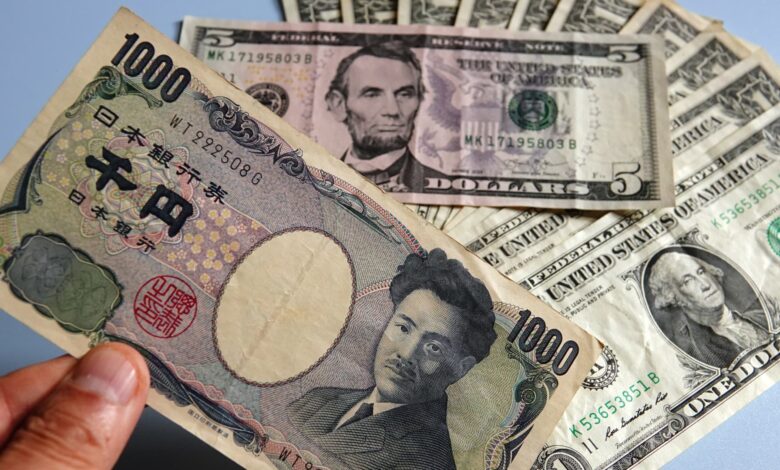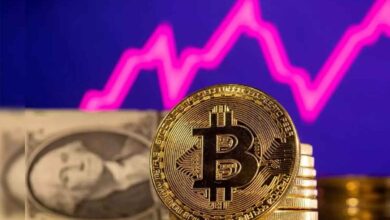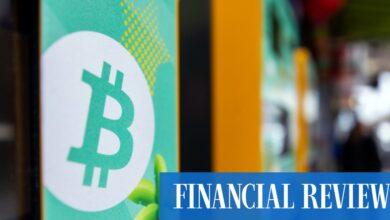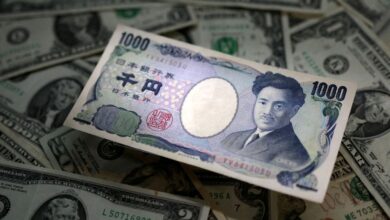U.S. dollar falls ahead of GDP, inflation data; Fed in focus

The U.S. dollar dropped on Wednesday, taking a breather from recent gains, as investors consolidated positions and looked to economic data this week and the Federal Reserve policy meeting next week for more clues about the start of the easing cycle.
The currency, however, cut its losses after data showed business activity in the world’s largest economy picked up in January and a measure of inflation eased. A gauge of prices charged by companies for their products fell to the lowest level in more than 3-1/2 years, data showed.
Investors are now looking to Thursday’s first reading of the U.S. gross domestic product for the fourth quarter, and another inflation reading – the personal consumption expenditure (PCE) data – on Friday.
“We may see a little more dollar strength in the near term as we have effectively seen a repricing the risk around Fed rate cuts,” said Shaun Osborne, chief FX strategist at Scotiabank in Toronto.
The bets on rate cuts this year were “too aggressive” in December so the market had to adjust a little bit, Osborne noted. “So slightly higher U.S. rates should get the dollar some support. The economic numbers over the next couple of days would be crucial.”
The dollar index slid 0.2% to 103.26 after climbing to a six-week peak on Tuesday. Since the beginning of the year, the dollar has gained around 1.7% this year as stronger-than-expected data and a pushback from central bankers caused the market to rein in expectations for rapid Fed cuts this year.
Analysts said the U.S. currency is still in the middle of a correction higher. The dollar fell 1.2% in December and 1.5% in November, as Fed officials made dovish comments that suggested the central bank was nearing the end of its tightening cycle.
“The correction in the dollar from the decline in Q4 2023 may not be over yet, although momentum indicators are getting stretched,” said Marc Chandler, chief market strategist, at Bannockburn Forex in New York.
He added that the generally stable U.S. economic picture should be enough to further reduce the odds of a March rate cut.
On Wednesday, U.S. rate futures market priced in a roughly 40% chance of easing at the March meeting, down from late Tuesday’s 47% probability and the 80% chance factored in two weeks ago, according to LSEG’s rate probability app.
For 2024, futures traders are betting on five rate cuts of 25 basis points each. Two weeks ago they expected six.
The Fed is set to meet next week and is widely anticipated to hold interest rates steady.
The dollar was down 0.5% against the yen at 147.58.
The yen’s rally tracked the rise in Japanese bond yields, which leaped to six-week highs. Bank of Japan chief Kazuo Ueda said on Tuesday the prospects of achieving the central bank’s inflation target were gradually increasing, adding to expectations that the country might soon leave behind its ultra-loose monetary policy.
Strong Japanese export data on Wednesday added to the positive mood.
ECB meeting coming up
The euro was last up 0.3% at $1.0885 after falling to a six-week low the day before. It extended its rise after purchasing managers’ index (PMI) surveys showed the euro zone economy’s downturn eased somewhat in January, although it remained sluggish.
Also this week, the ECB meets on Thursday and could give hints on when euro zone borrowing costs might start falling.
The onshore yuan strengthened after, touching a three-week high of 7.142 to the dollar.
On Wednesday, China’s central bank announced a deep cut to bank reserves, in a move that will inject about $140 billion of cash into the banking system and send a strong signal of support for a fragile economy and plunging stock markets.
Sterling also climbed after a strong PMI reading caused traders to further dial back their bets on Bank of England rate cuts this year, a process that was kick-started by a stronger-than-expected inflation reading earlier this month.
The pound was last 0.3% higher at $1.2725.
Also on Wednesday, the Bank of Canada held its key overnight rate at 5% and said while underlying inflation was still a concern, the bank’s focus is shifting to when to cut borrowing costs rather than whether to hike again.
The U.S. dollar rose 0.2% versus the Canadian unit to C$1.3486.
In cryptocurrencies, bitcoin rose 1.8% to $39,875.





